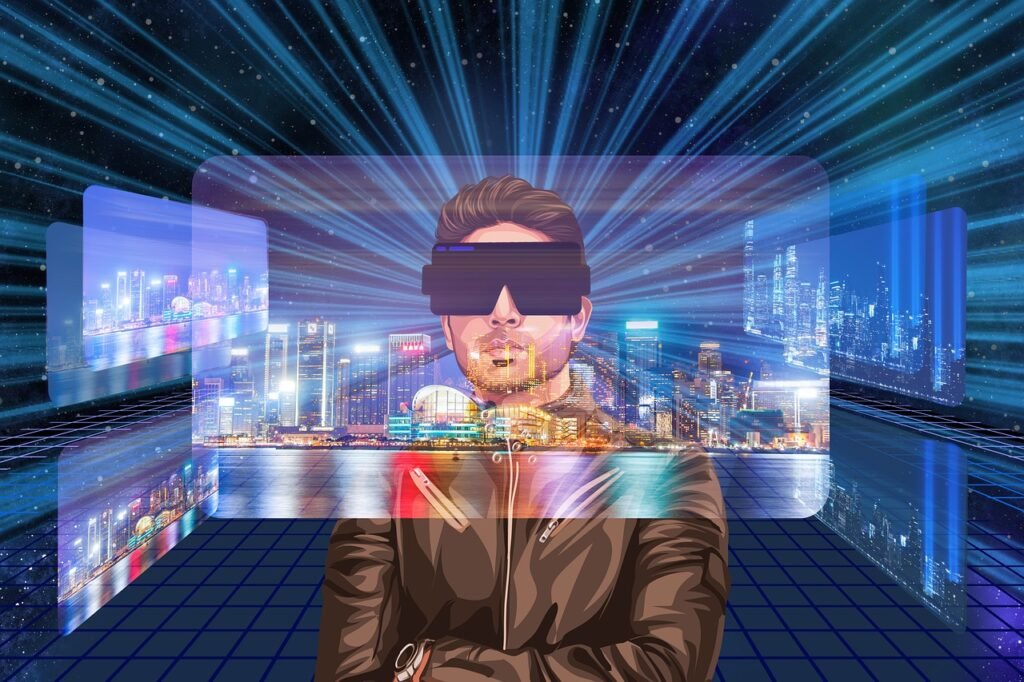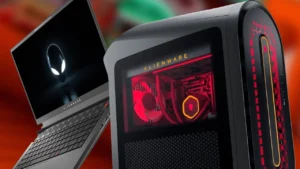Web 3.0 is a term used to describe the next generation of the World Wide Web. It’s not just a new version of the internet, it’s a completely different system with its own “OS” and doesn’t rely on servers that are vulnerable to hacking or surveillance. The first step in creating Web 3.0 is to build an open-source framework known as Ethereum which is based on blockchain technology and allows developers to create decentralised applications (Dapps) without censorship, fraud and downtime.
Table of Contents

We are on the brink of another internet revolution that will give users more control over their content. Blockchain-based Web 3.0 aims to eliminate any intermediaries, such as centralized governing bodies or repositories. There is no doubt that Web 3.0 will be disruptive and paradigm-shifting, just as Web 2.0 was. The main concepts of Web 3.0 include decentralization, openness and increased user utility.
Let’s See Key Features of Web 3.0;
Although there is no customary definition of Web 3.0, it does have a few defining characteristics:
Decentralisation:
It is a key component of Web 3.0. Whereas Web 2.0 relies on IP addresses to identify data in a fixed location, such as a single server, Web 3.0 will be decentralised. By doing so, Internet giants such as Amazon and Google would lose control over the massive databases they currently hold.
Web 3.0 will allow users to sell data created by a variety of incredibly advanced computer resources, such as mobile phones, desktops, appliances, automobiles, and sensors, across decentralized data networks, ensuring that people retain ownership control.
Trustless and permissionless:
Web 3.0 will be decentralized, permission-less and built on open-source software (clearly the opposite of Web 2.0). Web 3.0 applications will be built on blockchains, decentralized peer-to-peer networks, or a combination of both and will be referred to as dApps (decentralized apps).
Artificial intelligence (AI) and machine learning:
With technologies based on Semantic Web theories and natural language processing, machines will be able to understand the information in the same way that humans do. Machine learning will also be used in Web 3.0, a branch of artificial intelligence (AI) that combines data and algorithms to mimic how humans learn while continuously improving accuracy. These capabilities will allow computers to provide faster and more relevant results in a variety of sectors, such as medication research and novel materials, as opposed to the current focus on targeted advertising.
Connectivity and ubiquity:
Information and content are more connected and ubiquitous with Web 3.0. Increasing numbers of everyday devices connected to the web enable users to access information and content more conveniently.
In the future, Web 3.0 will bring a consumer-centric open-source web that focuses on privacy and security.
The Internet Of Value:
Don’t limit your imagination to decentralised versions of top social networking sites like Twitter, Facebook and YouTube. Blockchain technology unlocks a new kind of Web: a human-to-human economic network in which strangers can trade currencies, assets and valuable data. No institutions or any formed bodies charging fees, setting terms or asking questions for making it happen.
Value exchanges follow a prototypical contractual pattern. There’s a performance and an instant reward. If I do X, you give me Y. Bitcoin provides a simple example of how blockchains automatically verify both performance and reward, fulfilling the contract with 100% guarantee that no party gets duped. These “smart contracts” are like robot vending machines. Trades are automatically executed according to a logic that can’t be breached.
Think art, insurance, real estate, intellectual property, credit cards, lawyers. You’ll be able to trade it all without middlemen, using decentralised-apps built on Ethereum or other smart contract blockchains like Solana instead. Trust-less and permission-less. Cheaper and faster.
The superior economic efficiency will open up business models which was previously impossible and possibly reinvent companies altogether. At its core, a company is but a mesh of contracts: with employees, with shareholders, with banks, with customers, with the state. All can be programmed on smart contract blockchains.








Hiya very cool website!! Man .. Beautiful .. Superb .. I’ll bookmark your blog and take the feeds also?
I am satisfied to seek out a lot of helpful information right here in the post, we’d like work out more techniques on this regard,
thank you for sharing. . . . . .